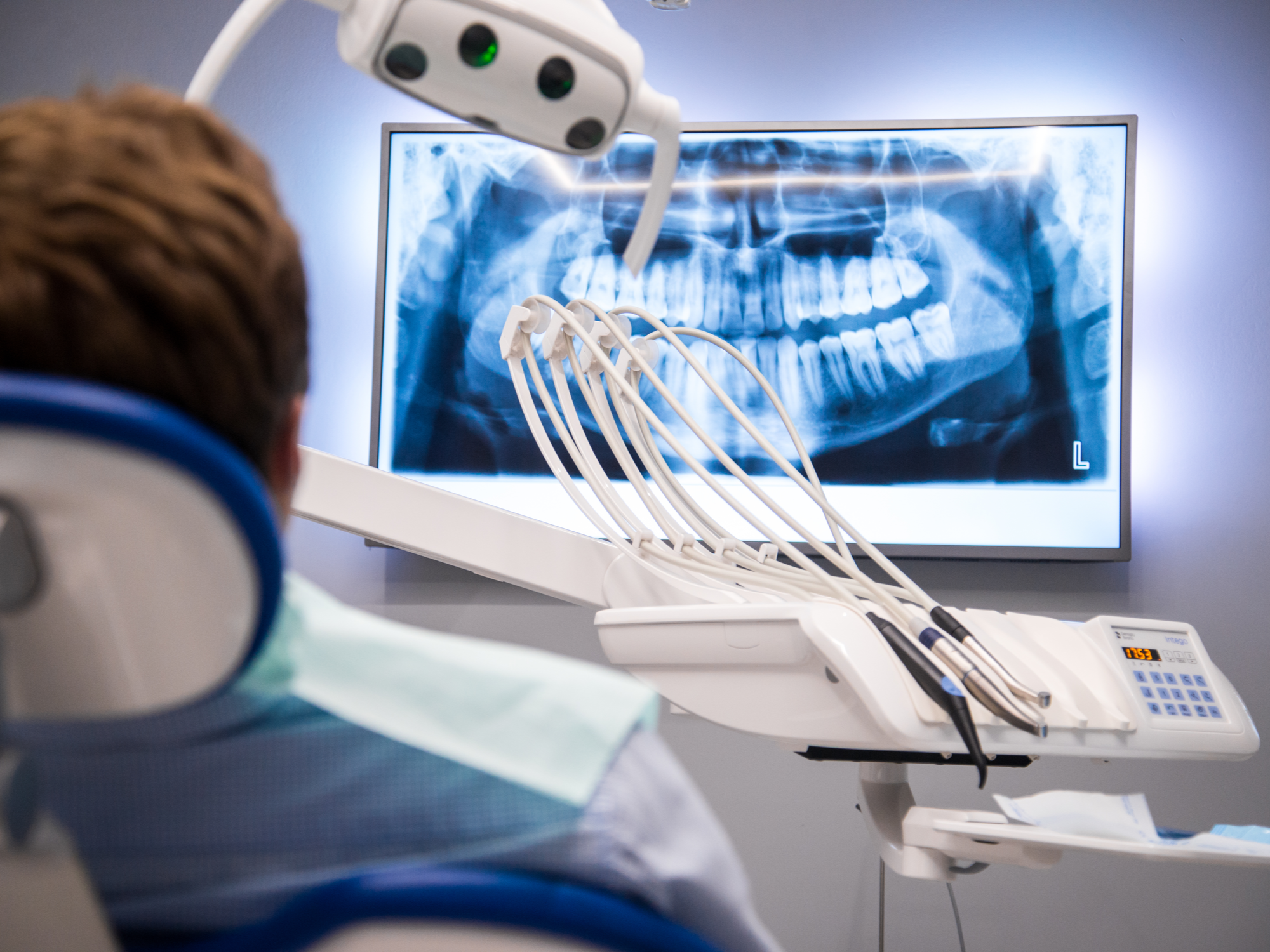
Dental X-rays, also called dental radiographs, are a very important part of dental care. When you visit your dentist due to a dental problem, they will first perform a visual examination of your teeth to determine the problem. But sometimes, a visual examination may not be enough. It may fail to provide the dentist and patient with all the necessary information they need.
This is where dental X-rays come in handy. They help dentists detect problems, such as possible dental diseases or decay that are invisible to the naked eye. Along with an oral examination, a dental X-ray can give your dentist a more complete look at what is happening inside your mouth.
Why Are Dental X-rays Important?
Dental radiographs allow dentists to see inside and between teeth. They are so important because they provide dentists with the whole picture. They allow dentists to see the condition of the patient’s teeth, as well as the roots, facial bone composition, and jaw placement. A dental X-ray can help your dentist find your dental problem and treat it before it becomes too advanced or serious.
What Dental Radiographs Show
Some of the problems a dental X-ray can help dentists identify include:
- Tooth decay beneath fillings.
- Abscesses.
- Areas of decay between the patient’s teeth.
- Bone loss due to gum disease.
- Cysts and tumors.
Other Benefits of Dental Radiographs
It can also help your dentist see the position of your teeth to determine the type of dentures, braces, or implants you need. Dental radiographs can also help dentists identify changes in the patient’s soft and hard tissues of the mouth.
In kids, dental X-rays can help pediatric dentists see how a child’s jawbones and teeth are developing. Like medical X-rays, dental X-rays allow dentists to evaluate injuries to the patient’s mouth and face.
They can help dentists identify developmental issues and diseases before they develop into serious health problems. You need to understand that early detection of an injury or infection using a radiograph can prevent or limit further damage to other areas of your mouth.
Types of Dental X-rays
There are several types of dental radiographs. However, panoramic, periapical, and bitewing X-rays are the most common. A panoramic radiograph shows the entire mouth in a single image. Dentists take it from outside the mouth to identify or look for problems such as bone irregularities, jaw disorders, and cysts.
A periapical radiograph focuses on just one or two teeth. A bitewing radiograph, on the other hand, helps locate early signs of decay between bicuspids and back teeth. Other types of dental X-rays include cone-beam computed tomography, cephalometric radiographs, and occlusal radiographs.
How Often Do You Need a Dental Radiograph?
Oral health varies between people. If you recently received a diagnosis for dental or gum disease, for example, you might require dental radiographs every six months or so. But if you do not have any current dental problems, you may only need to get an X-ray once a year or once every two years.
Are They Safe?
According to the American Dental Association, dental radiographs are perfectly safe. While they can expose patients to low radiation levels, they are too low to cause harmful side effects.
To learn about the importance of dental X-rays, visit Castro Valley Dentistry at our office in Castro Valley, California. You can call (510) 674-0900 today to schedule an appointment.








